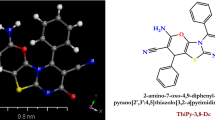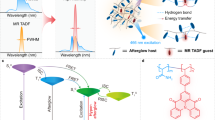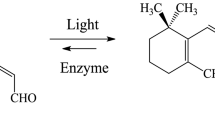Abstract
I AM indebted to Prof. W. N. Hartley for a correction in my review of Lommel's Optics, the proof-sheets of which did not reach me in time for revision. The translator of the work is evidently right in using the term napthalin red for the body which exhibits the fluorescent spectrum depicted in Fig. 6 in the article. The substance in question, Prof. Hartley states, is also called Magdala red, and has the elegant chemical name of Azotrinaphthyldiamine. I am also obliged to my friend Prof. H. M'Leod for pointing out that the mode of exhibiting the formation of the rainbow described by Prof. Lommel, is to be found in Jamin's “Cours de Physique” (tome 2, p. 782), although the substitution of a spherical flask filled with water for a solid glass globe, as described by Jamin, is more appropriate and convenient. Pouillet (tome 2, p. 769) also gives, I see, a somewhat similar experiment, using a cylindrical glass vessel filled with water.
This is a preview of subscription content, access via your institution
Access options
Subscribe to this journal
Receive 51 print issues and online access
$199.00 per year
only $3.90 per issue
Buy this article
- Purchase on SpringerLink
- Instant access to full article PDF
Prices may be subject to local taxes which are calculated during checkout
Similar content being viewed by others
Author information
Authors and Affiliations
Rights and permissions
About this article
Cite this article
B., W. Lommel's Optics. Nature 13, 86 (1875). https://doi.org/10.1038/013086b0
Issue date:
DOI: https://doi.org/10.1038/013086b0



